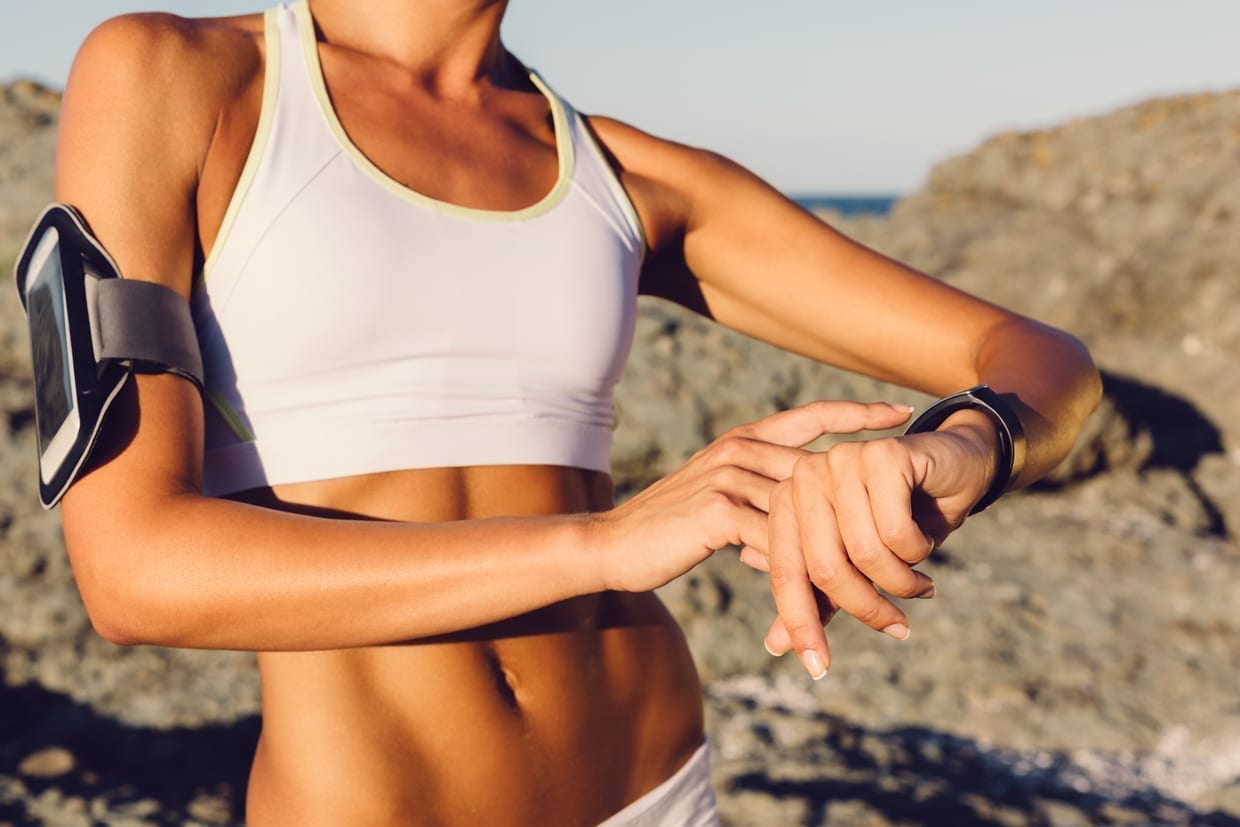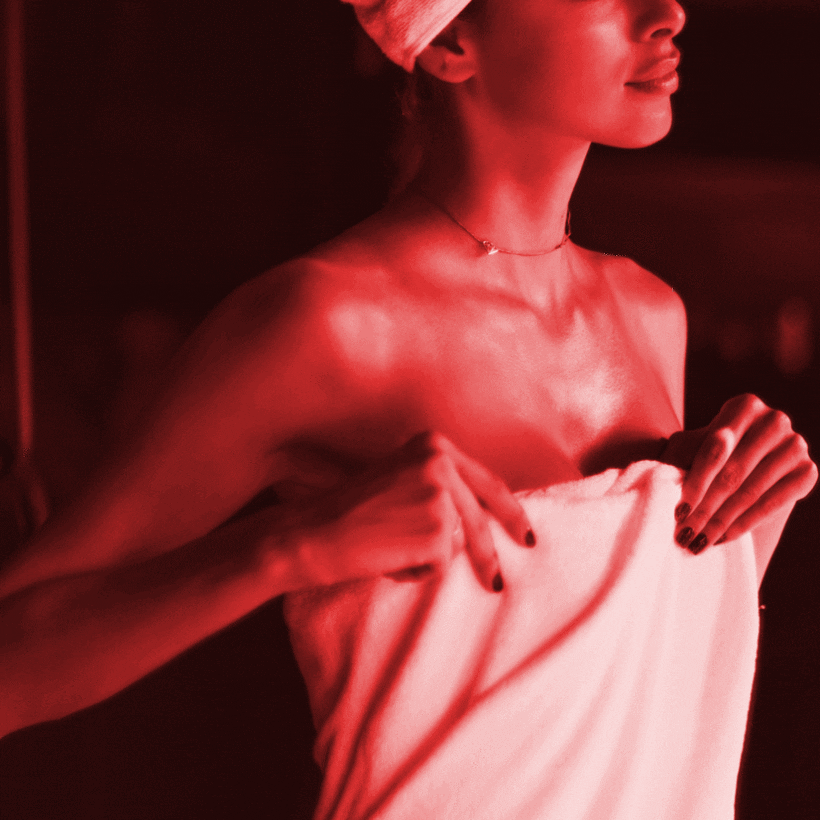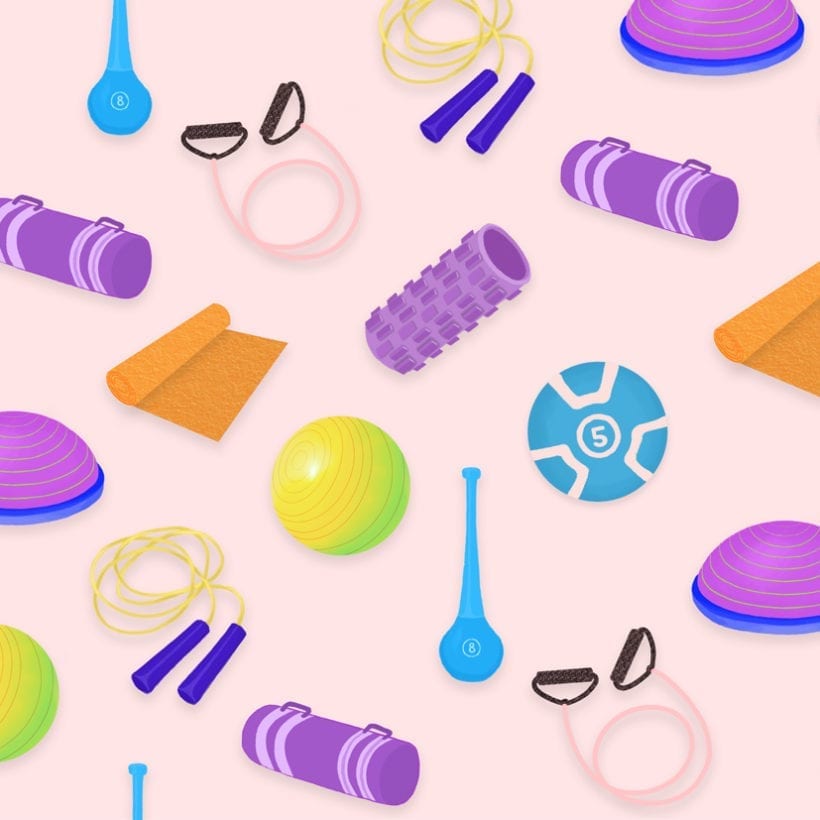Cortisol — the stress hormone — is commonly dubbed as the villain in all hormone-related health concerns, while exercise is seen as the quick-fix antithesis, and preventive healthcare habit, in general.
Cortisol in and of itself, after all, is not evil. It is a hormone that circulates throughout the body and was made to be naturally released during stressful situations to help give you that extra pump of energy when, say, you were running up a hill late for the bus. Our cortisol levels are naturally high in the morning (10-20 micrograms), 4-10 micrograms at 4 p.m., and lowest in the evening (less than 5 micrograms), and we do experience a natural burst in the late afternoon, which helps get us through the rest of the day. And since it is a hormone, cortisol can affect our entire body. Too much cortisol could lead to weight gain, increased blood pressure and muscle weakness. Too little can lead to fatigue, weight loss and low blood pressure. A blood test can test the levels of cortisol in the body, which will show if you have an adrenal gland disorder. Since cortisol fluctuates throughout the day, blood tests are done in the morning and in the evening for best results. If cortisol is too high, it may mean you have Cushing syndrome, and if it is too low, you may have Addison’s disease or an adrenal disorder. Always reach out to your physician if you believe you are experiencing symptoms related to unbalanced cortisol levels.

But what we are facing in these modern times of hyper-connectedness is that we are experiencing more heightened stress — for perceived or real reasons. It is just pumping more actively than it is designed to. “Unless you’re doing something that’s restorative — any workout that’s going to put a strain in your muscles or accelerate your heart rate is going to release cortisol, it just depends on how much,” says Lisa Schale-Drake, vice president of research and development at Barre3. “A more intense workout is likely going to release a little bit more.”
However, the relationship between cortisol and exercise is a little more complicated than that. Recent research suggests that long, intense workouts can trigger waves of cortisol that actually hinder athletic performance and slow down metabolism. So, what gives? “When you exercise there is a little bit of a boost of cortisol that gets pumped into your system when you’re putting your muscles under stress,” says Schale-Drake. “What’s interesting about certain workouts and certain mentalities is they become an opportunity to train your body on how to handle stress.”
Enter the resistance bands, gliders, mats and rowing machines. A rise in low-intensity training (LIT) and high-intensity, low-impact training (HILIT) classes aims to achieve the same fitness results without all the intense burpees. Exercise is considered a form of physical stress after all, so boutique fitness studios like the LIT Method and B MVMNT have introduced innovative HILIT methods, and fitness giants like Equinox and Crunch have also jumped on the 30-minute-class bandwagon to give you what you need in a shorter amount of time, leaving you with more time to engage in restorative practices. “Where the cortisol comes in is when people think, ‘well, if I just push through this, or ignore this pain …,’ which leads to more frustration and stress,” adds Schale-Drake.
https://www.instagram.com/p/BPx0OcBD0tz/
It is not that there is anything inherently wrong with HIIT. Instead, it is more about the mentality behind each movement and listening to your body when it is under stress or injury. Is your body ready for impact? Are you preventing injury by performing at the right level? These are all things you need to consider before walking into the gym. So, if HIIT is the best way you release stress, it sure has its place, but maybe consider shorter, more intense classes. “Those members that like to work out twice a day, they can come to a yoga class or something that’s lower impact,” says Julie Bellis, group fitness manager at Equinox Gold Coast in Chicago.
But the truth is that unless you are competing or are some type of ultra-athlete, you don’t need to be working out multiple times a day. “If you’re efficient at your workout, you only need to work out once a day. If it’s HIIT for 30 or 45 minutes, you don’t need to do that every single day. Maybe there’s a yoga class or Pilates or barre on an alternate day.” If you must hit the gym twice, it is all about the right kind of mixing and matching. “The people who stress out their bodies with HIIT, that grueling hour or two hours twice a day, are damaging their bodies and setting themselves up for injury,” adds Bellis. “You find results faster if you’re not beating yourself up in the gym 2 or 3 hours a day.”
https://www.instagram.com/p/5wq0ZbsTIe
A quick way to curb the rise of cortisol in your bloodstream? Boost recovery time. And there is an infinite amount of ways to do it well beyond meditating at yoga or stretching: taking an Epsom salt bath, foam rolling, investing in massaging devices like the popular Theragun, a professional massage, cryotherapy or even physical therapy. The right kinds of yoga will also do the trick. Whereas vinyasa or power yoga classes will give you a really good, sweaty workout, a good restorative yoga class will give you long, passive stretching. “[Recovery is on a] major uptick right now because society is realizing that it needs it,” says Schale-Drake. “There’s a big push right now in the wellness beat about leaving the woo-woo and going to science.”
We only recommend products we have independently researched, tested, and loved. If you purchase a product found through our links, Sunday Edit may earn an affiliate commission.







